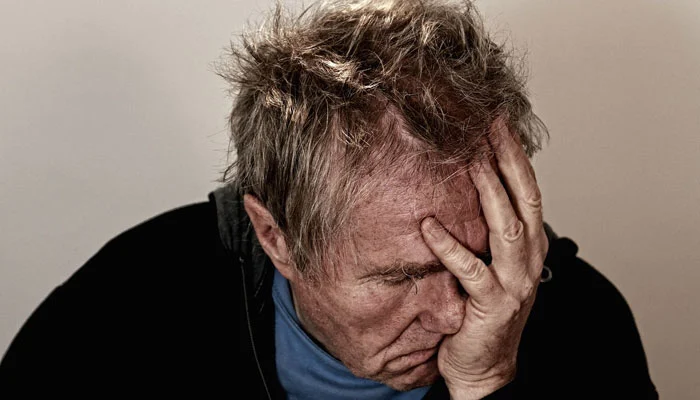It’s crucial to realize that males can also go through hormonal changes as they age. These changes are known as andropause or “male menopause,” and they are typified by a decrease in testosterone levels.
After age 40, testosterone levels can drop by 1% year on average, according to the Mayo Clinic. These levels may fall even more as men age; some men report a 50% reduction by the age of 70 from their highest levels.
Low testosterone levels are thought to affect roughly three out of ten men in their 70s and 80s. This can result in a variety of symptoms, including decreased libido, exhaustion, mood swings, hot flashes, erectile dysfunction, infertility, and decreased muscle mass.
It could be worthwhile to have your testosterone levels checked via a blood test if you’re exhibiting any of these symptoms.
It’s crucial to remember that these tests aren’t performed frequently, so you might need to ask your doctor for one particularly.
Men can help replenish their hormones by changing their lifestyle and undergoing testosterone replacement treatment (TRT), even though there is no cure.
Prescription injections, topical gels, oral drugs, and over-the-skin patches are all possible ways to give TRT. On the other hand, demands for therapy have significantly increased.
A urologist at Brigham and Women’s Hospital named Dr. Michael O’Leary claims that intensive “direct-to-consumer marketing” has caused a spike in men inquiring about their testosterone levels, especially after they watch advertisements for common ailments like weariness.Dr. O’Leary stated, “If they have significant symptoms, they’ll need to have a lab test,” and that “the testosterone level is normal in most men.”







